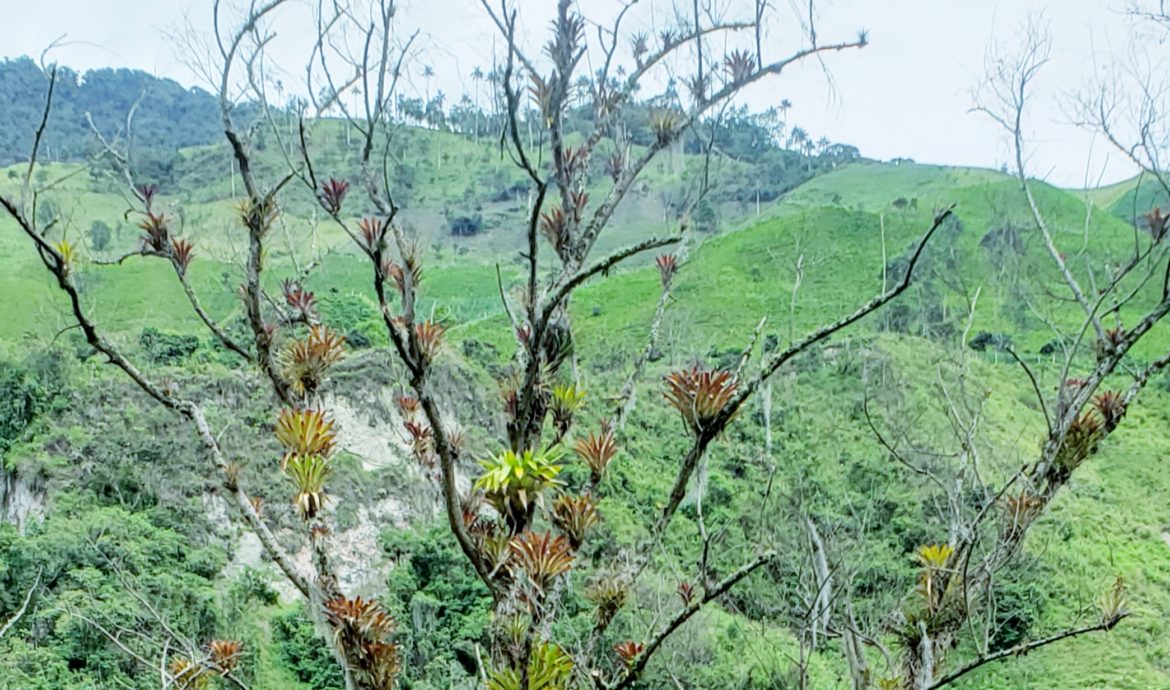
Orquídeas, Colombianos, y nosotros todos
ColombiaI had thought that orchids were parasites. That they are beautiful creatures, but someone at some point told me that they cling onto trees and suck out nutrients until they kill the tree. Orchids are everywhere in Colombia, and plenty of dead trees adorned with vivacious orchids can offer circumstantial proof that the orchid is, in fact, a beautiful killer.
But a tour guide at a nature reserve in Manizales corrected me. Out of Colombia’s four thousand species of orchid, only a few are parasitic, he said, living off fungi that, in turn, live off the trees. Most orchids sprout on tree branches in order to position themselves better for photosynthesis. The dead trees are simply dead trees – dead or alive, they offer the orchids a superior perch. Assuming that the orchid killed the tree is like accusing an unlucky lessee of the murder of their landlord.
I had thought that there seemed to be something parasitic eating away at Colombia. The people are wonderful, and the culture is beautiful, but were orchids clinging to its branches, sucking the life out of the country? Political violence, terrorism, and uncontrolled crime has plagued the country since its founding. Even as the political turmoil and unrest purportedly improves, the current president is failing to implement a peace treaty with rebels, and renegade militias are murdering liberal social leaders with the supposed support of an ex-president.
While I was in Colombia, The Economist reported that Colombian cocaine production was at a record high. The New York Times reported that Colombian generals gave the army orders to double the number of killed guerilla combatants, eerily reminiscent of a time in the early 2000s when such death quotas resulted in the killing of innocent civilians. Local newspapers and radio shows debated the whereabouts of the far-left political party’s congressional leader, who mysteriously vanished in June. In July, citizens filled the streets in protest of the murder of a social leader in a rural town. Were things really on track for improvement in Colombia?
Bicycling through the country, I heard optimism from people in every town. I saw people working hard to make a living in office buildings and bustling urban mercados, and on coffee farms and construction sites. I saw people celebrating with their families in nature, in water parks, at beaches, at salsa clubs. I ate fresh food and drank exotic juices everyday. I cheered for the Colombian national fútbol team at bars in the evening, and each morning, I watched as a 22-year-old Colombian, Egan Bernal, came from behind to win the Tour de France, with two other Colombians also placing in the top ten, surrounded by Europeans.
In almost every area of the country, people insisted against their country’s tarnished reputation. “La ruta es muy segura,” they told me. The only time I heard anybody talk about consuming cocaine was in Medellin’s tourist hub, El Poblado. And I saw that the people of Colombia are stronger than the country’s political shortcomings. That the bad actions of a few parasitic groups of Colombians won’t bring down a country with so much life.
I had thought that the human race was parasitic, consuming and destroying the Earth’s resources. Climate change is advancing, and we can’t seem to figure out how to do anything about it, or even elect representatives who care. But maybe if I was wrong about orchids and Colombia, I am wrong about the human race as well. After seeing and breathing Colombiano optimism in spite of their history, it’s hard not to be optimistic about the future for us all, as crazy as it may seem.
People everywhere asked me enthusiastically what I thought of their country, “¿como le gusta Colombia?” And it was hard to put into words, especially with a limited Spanish vocabulary, how much my two-and-a-half months in Colombia had meant to me. Learning a new language from scratch. Testing my relationship with Liz by living together for the first time in an unfamiliar city and culture. Rolling out from Cartagena to start a journey of a lifetime filled with inspiration, hope, and uncertainty. And being supported and encouraged by people I met in every ciudad, pueblo, pueblito, and campo.
During the last few days in Colombia, the scenery changed. In hotels, heaters and blankets replaced air conditioning and fans. The streets became quieter and cleaner. The birds wore fewer colors. Fields of corn and potatoes replaced coffee and plantains. Fewer varieties of jugo appeared on menus, and the food became thicker and meatier. Skin tones darkened, displaying more indigenous heritage. Locals greeted me with a religious “a dios,” as I wandered through central plazas named “Parque Satander” instead of “Parque Bolivar,” commemorating the liberal general who had quarreled with Bolivar following independence.
None of these things were bad, but they still made me dread my departure from the place I’d come to call home over the past three months. The sign that read “Gracias por visitar la república de Colombia,” elicited an uncontrollable wave of tears, but the immigration agents lent me no sympathy as they stamped my passport, and I pedaled into Ecuador.
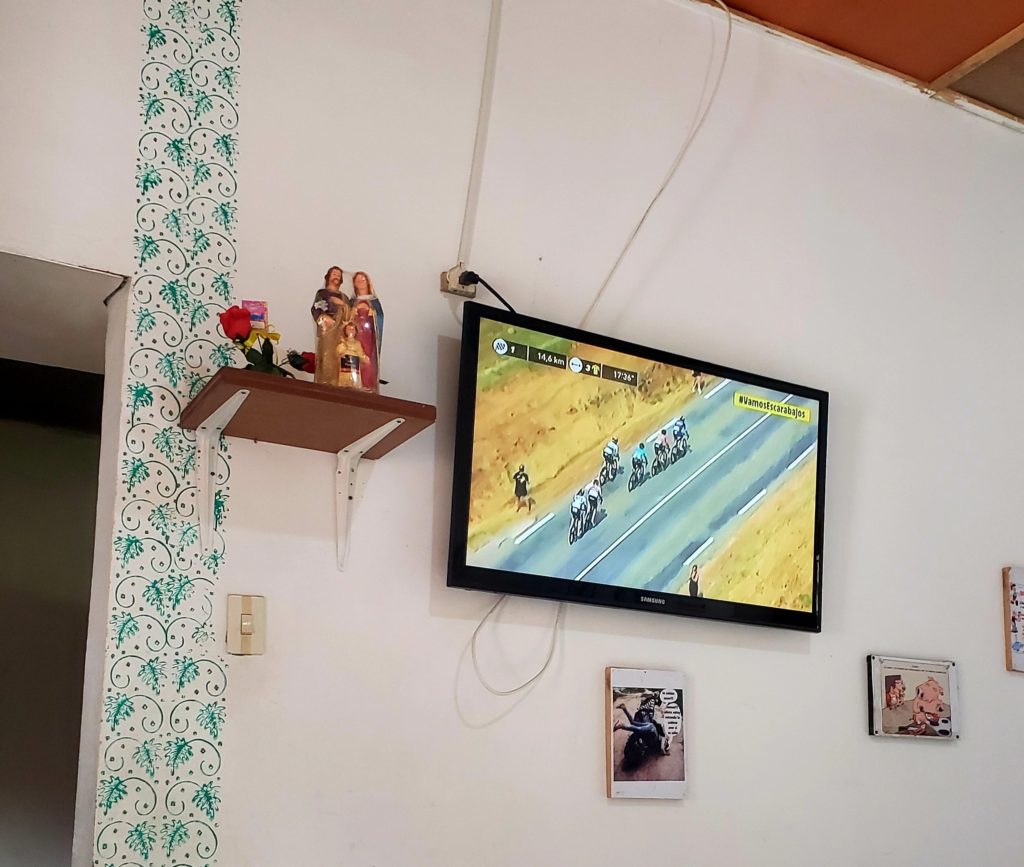
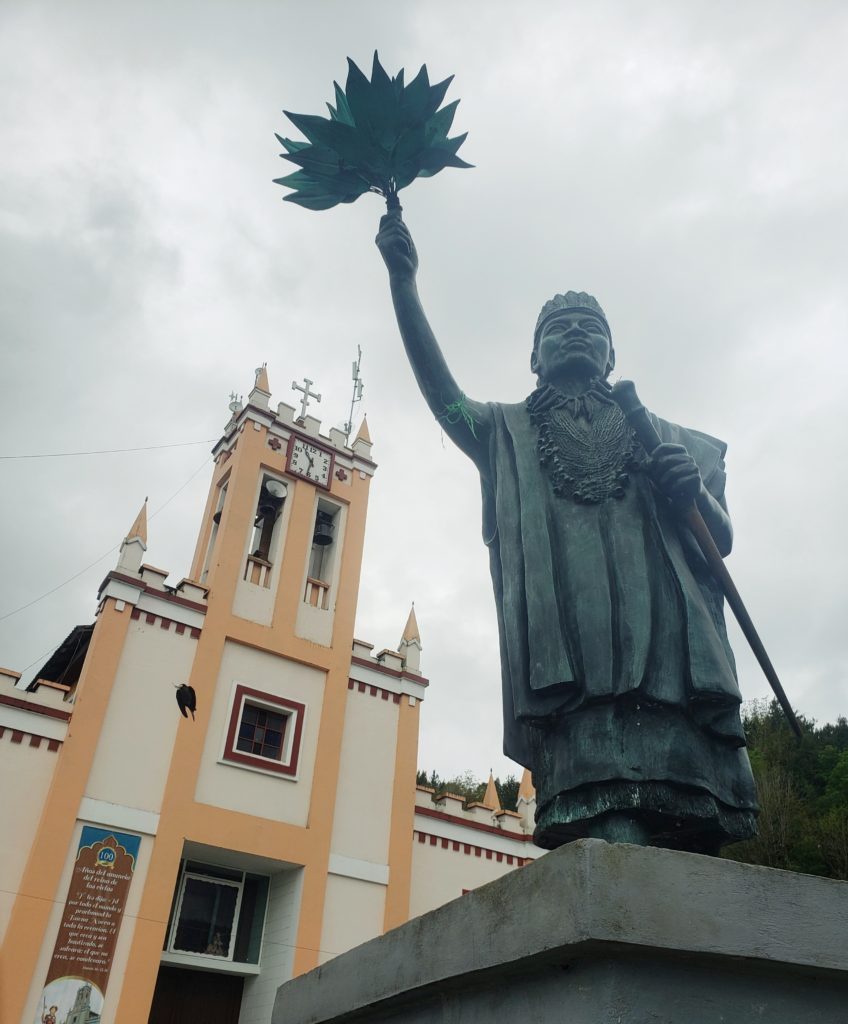
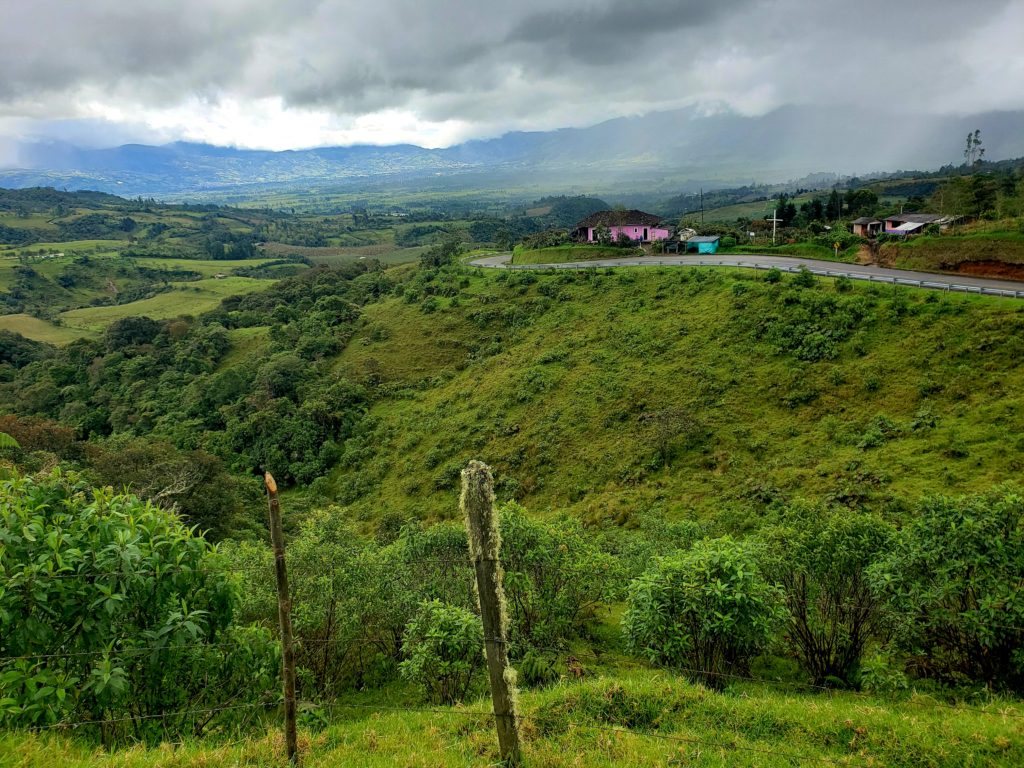
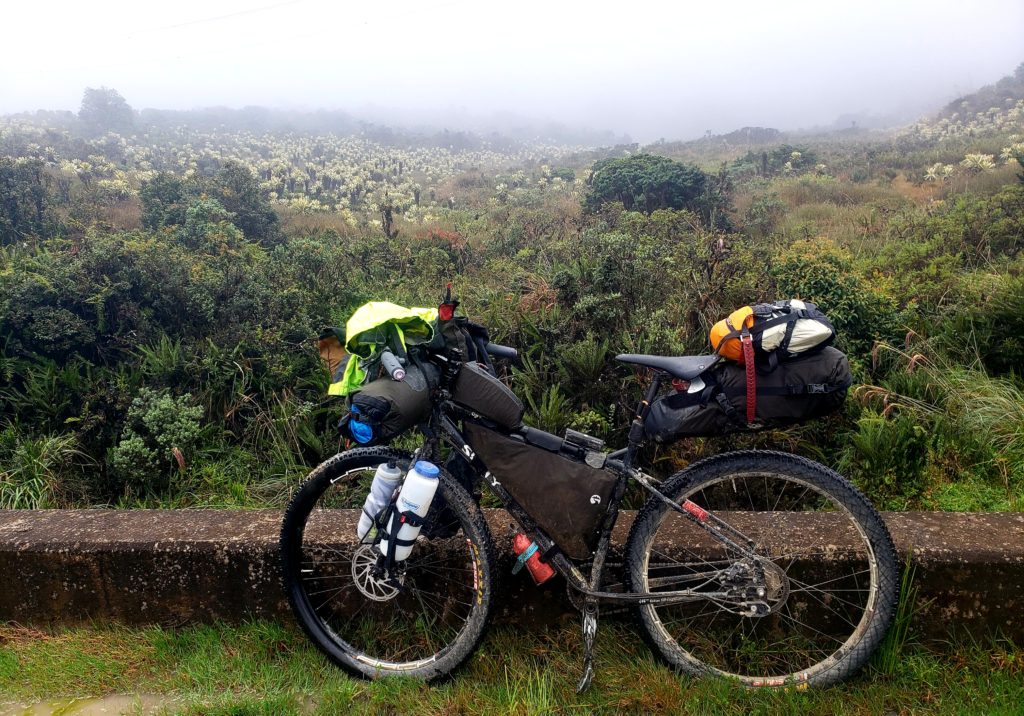
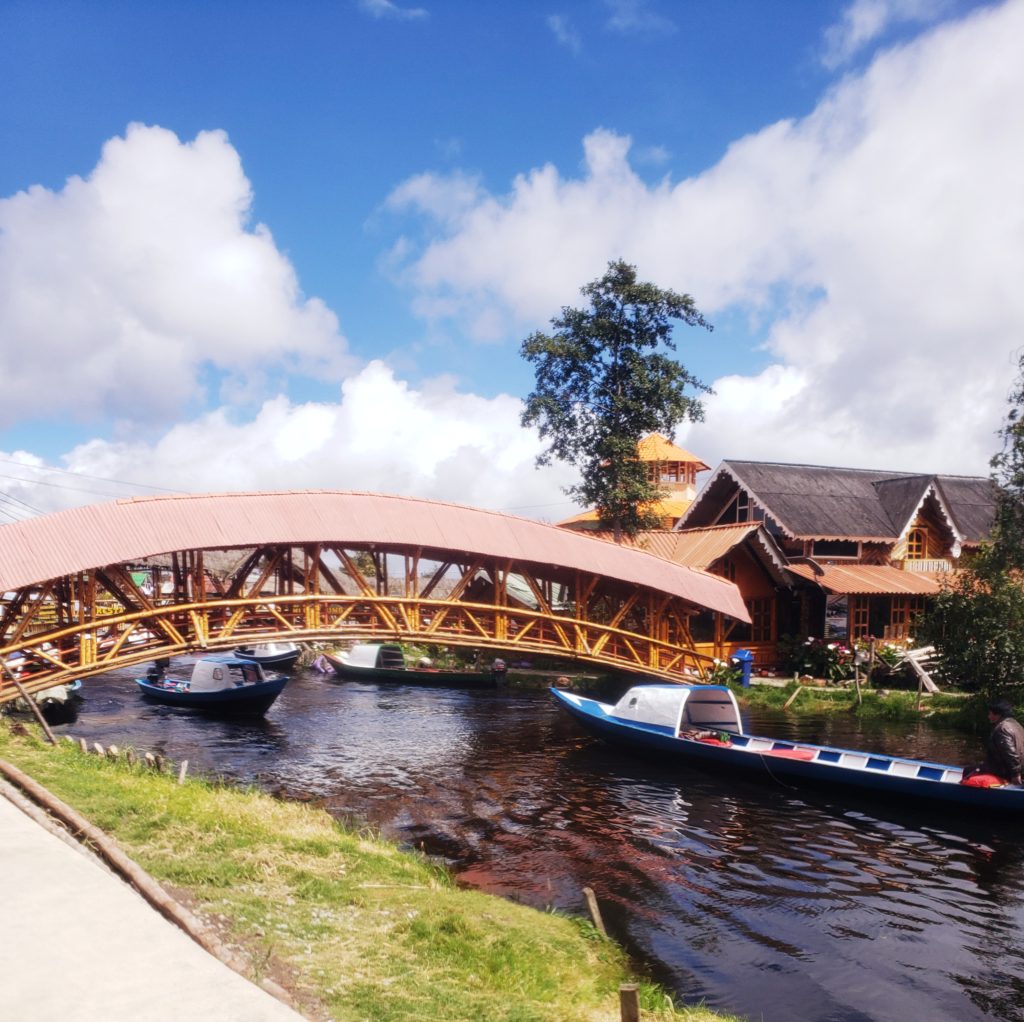
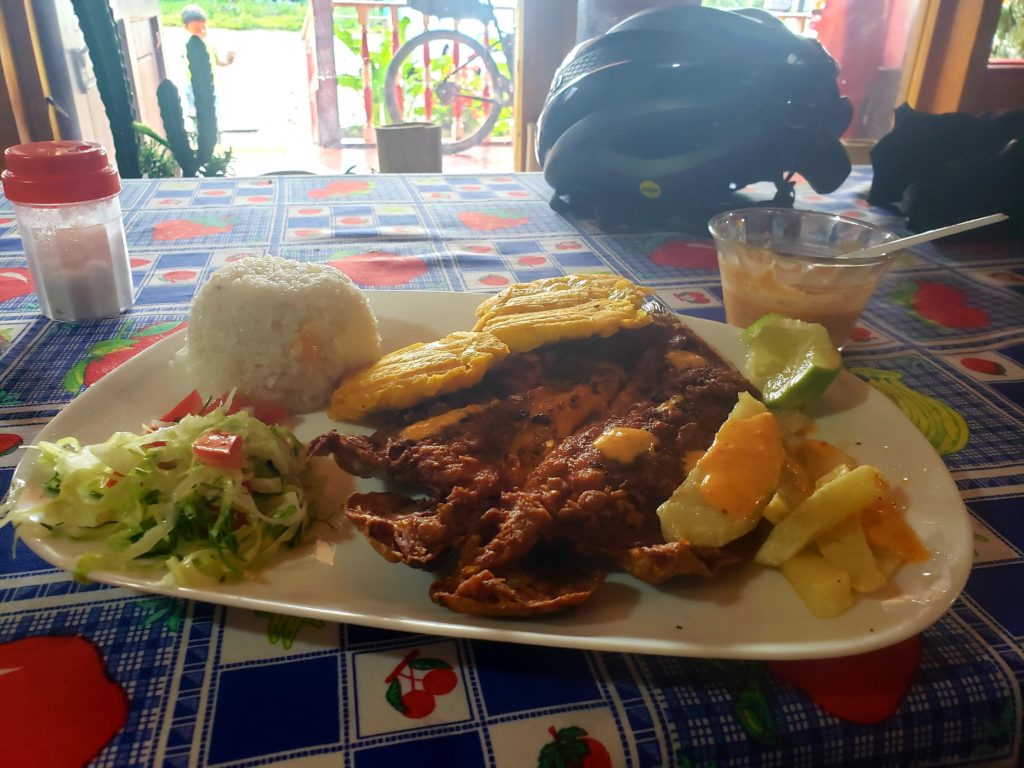
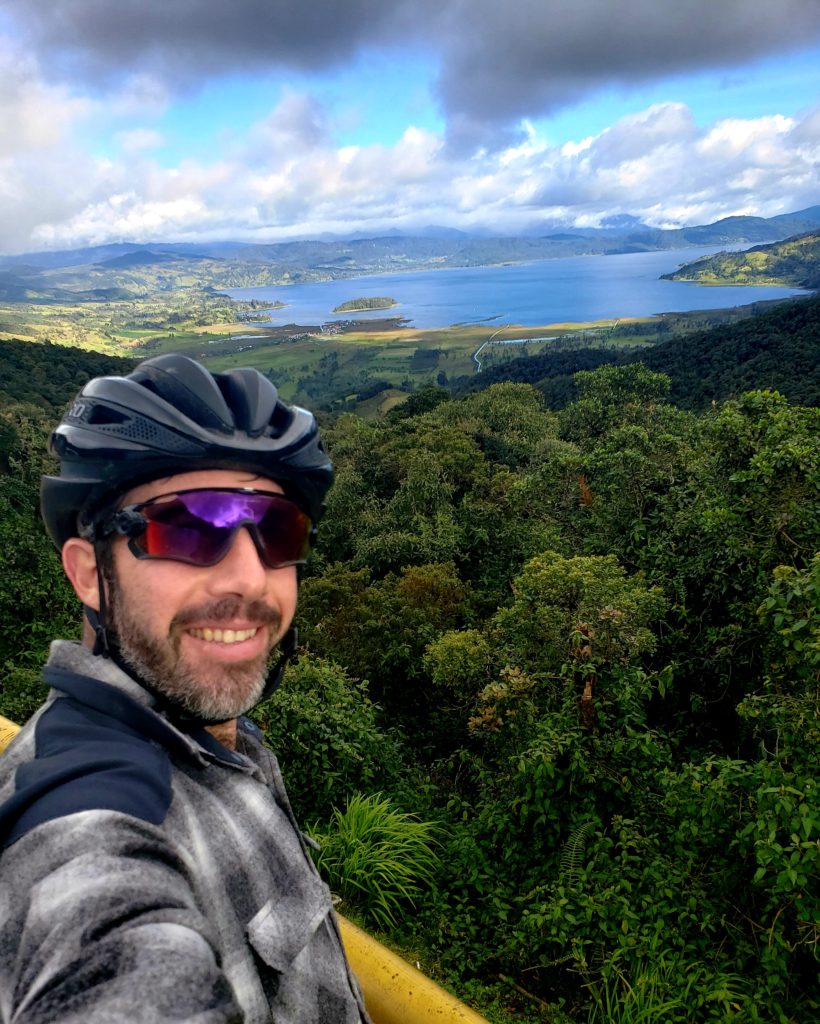
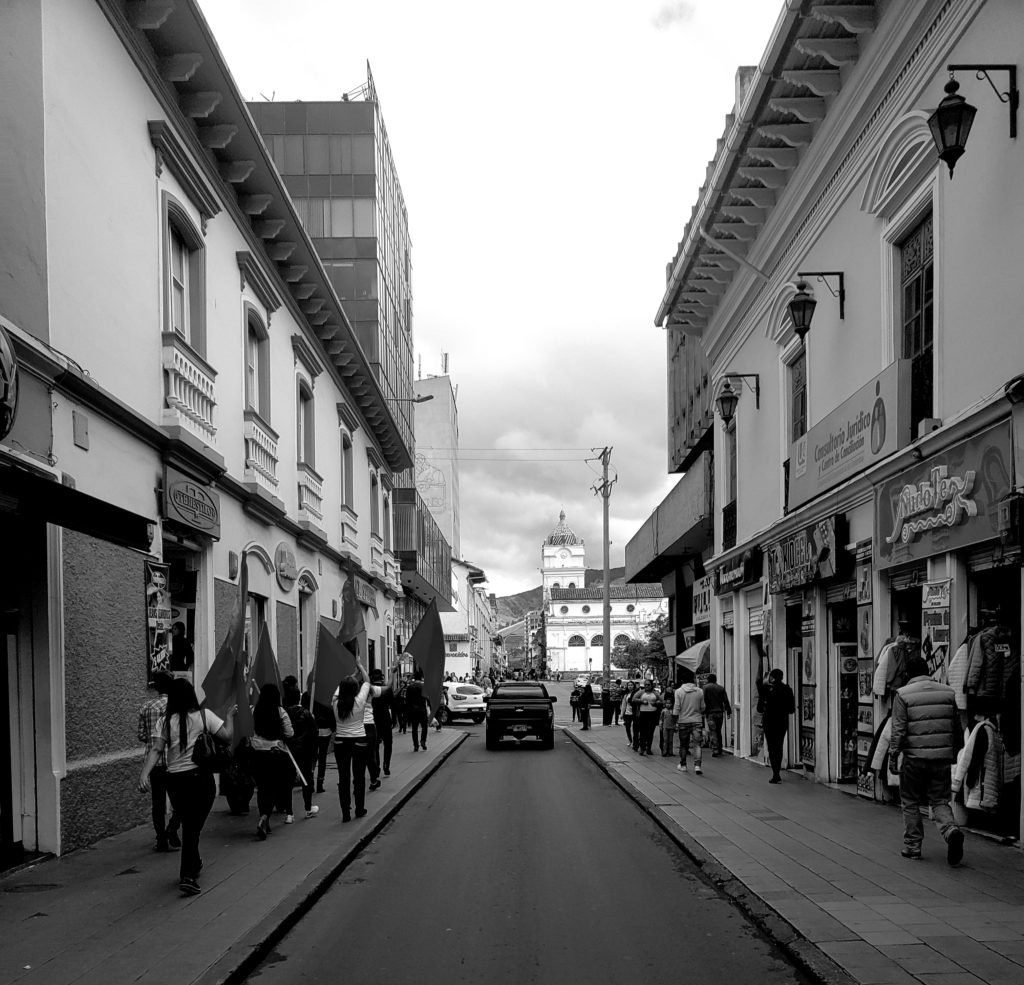
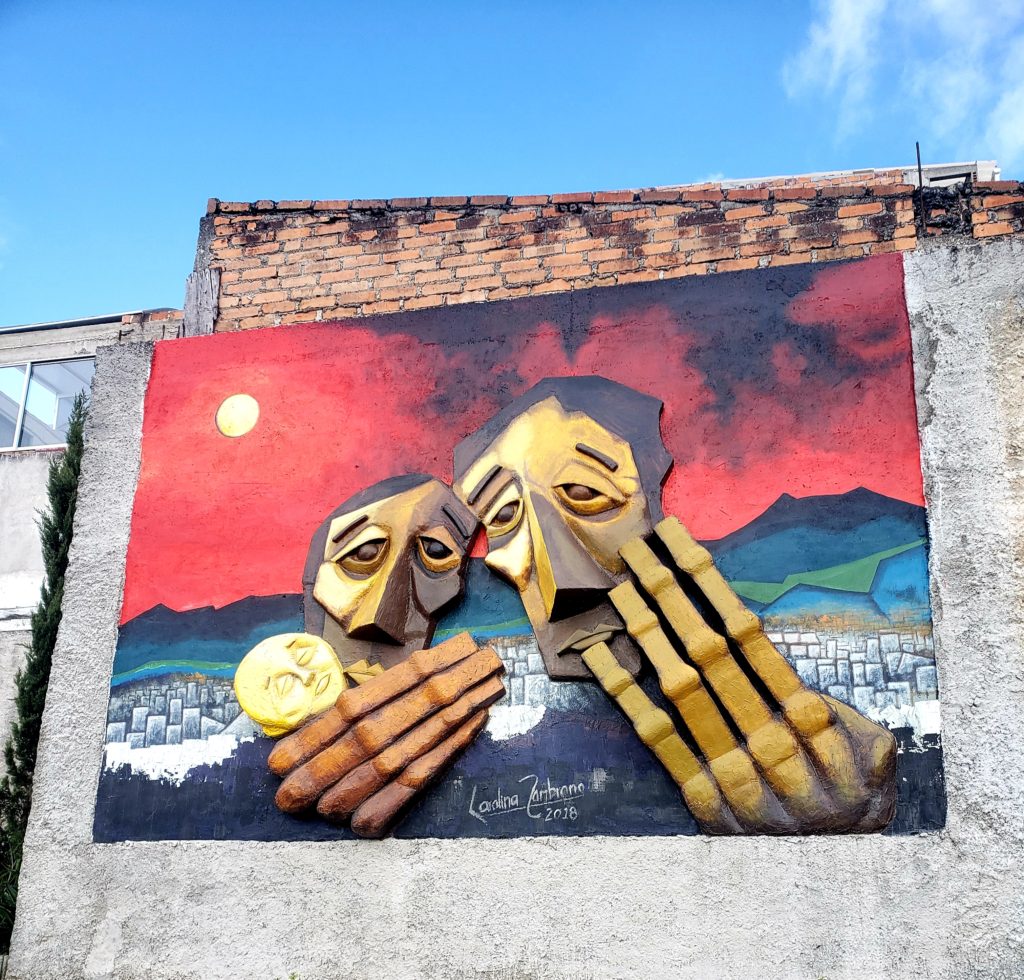
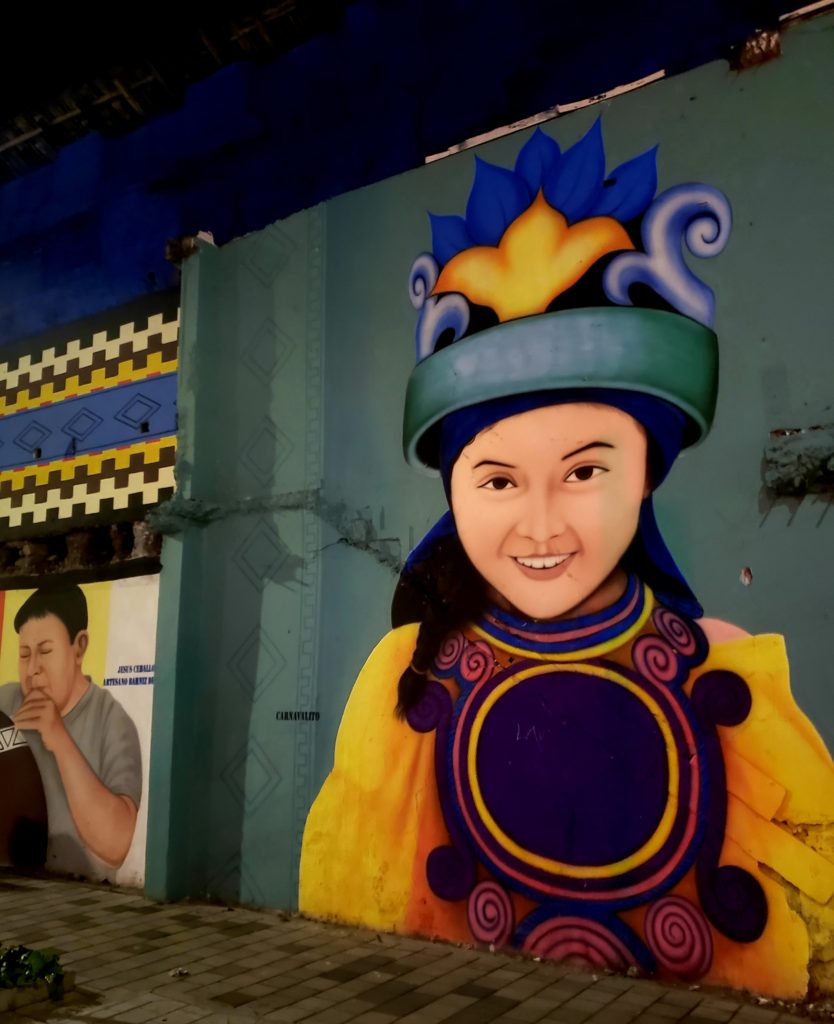
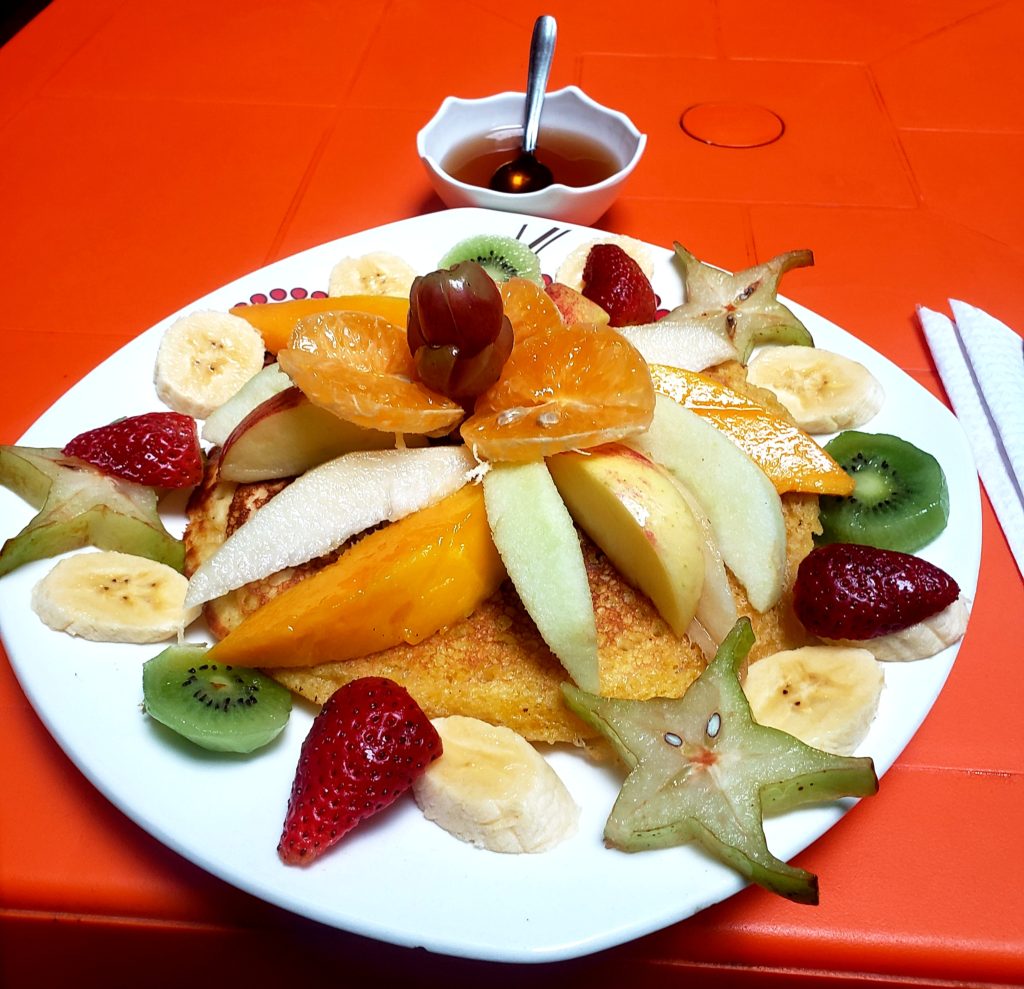
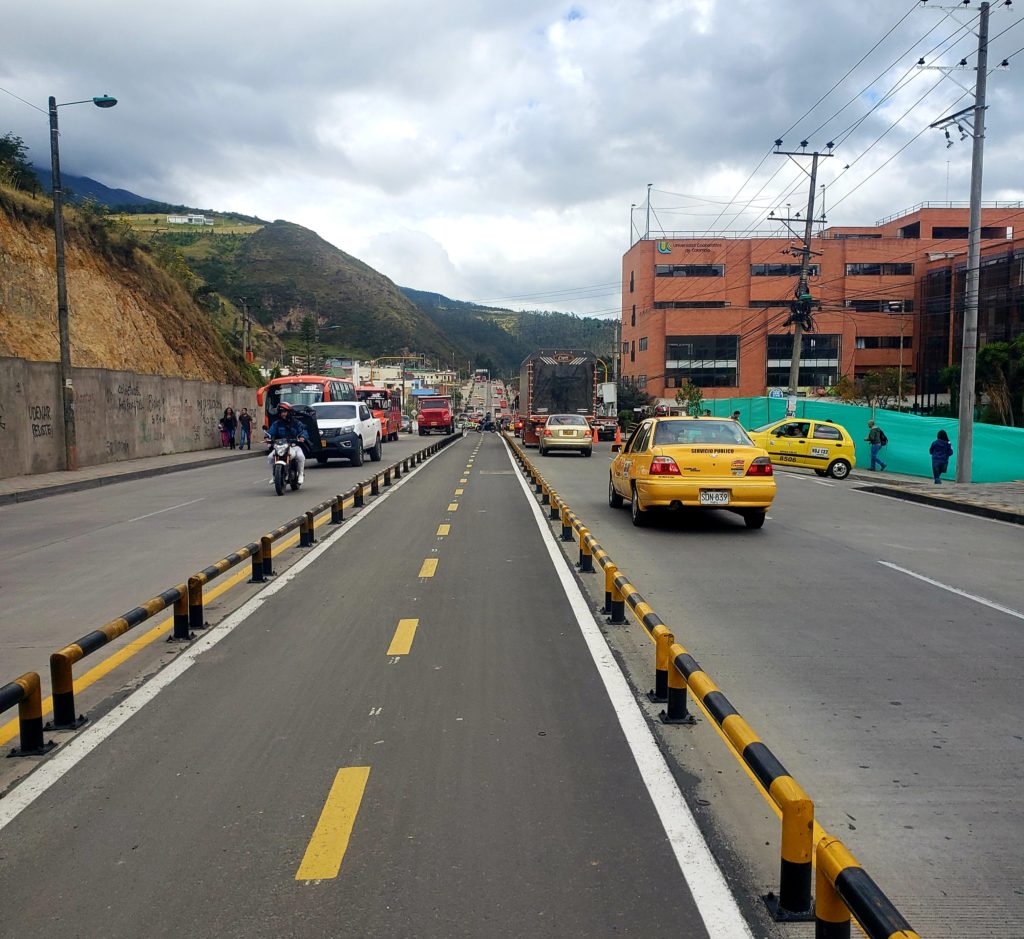
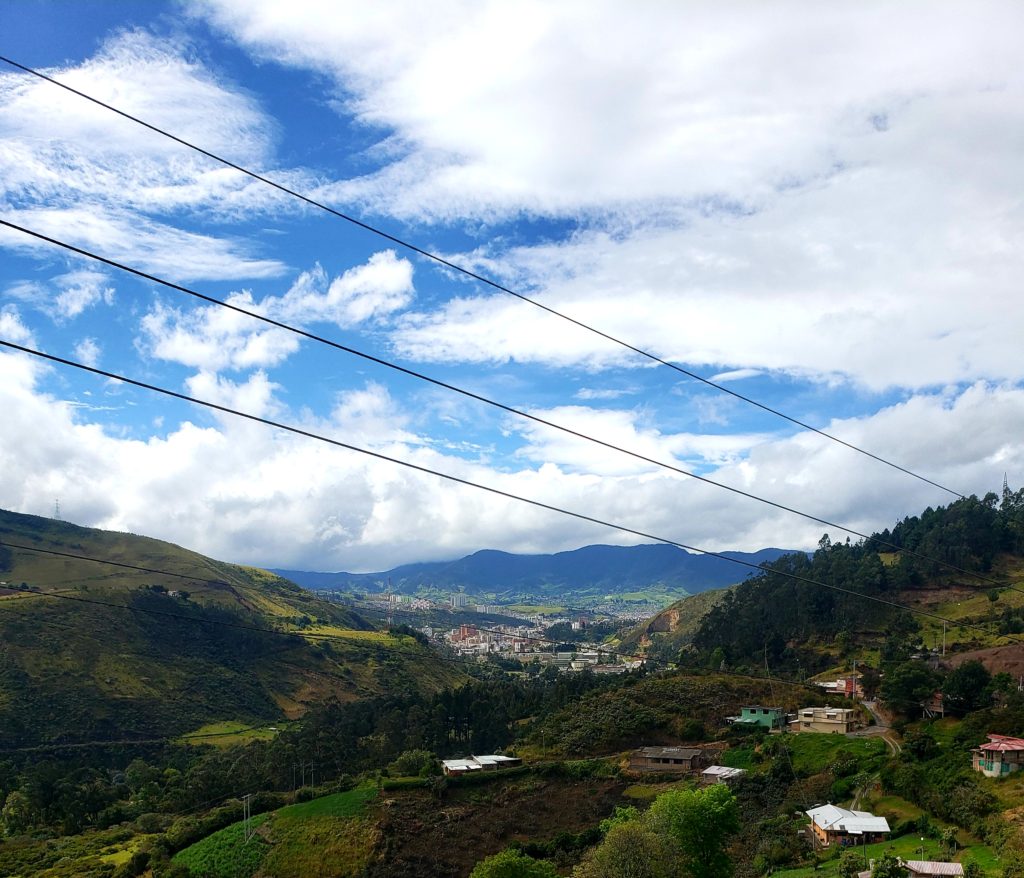
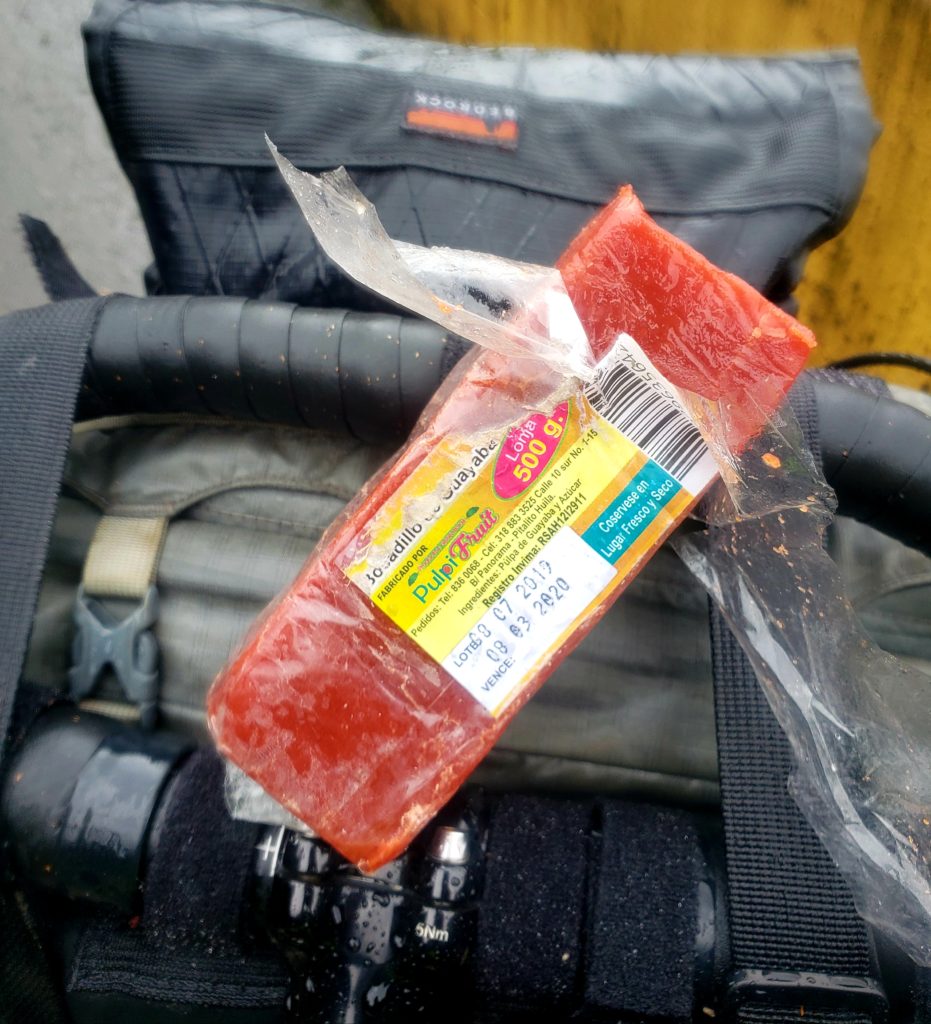
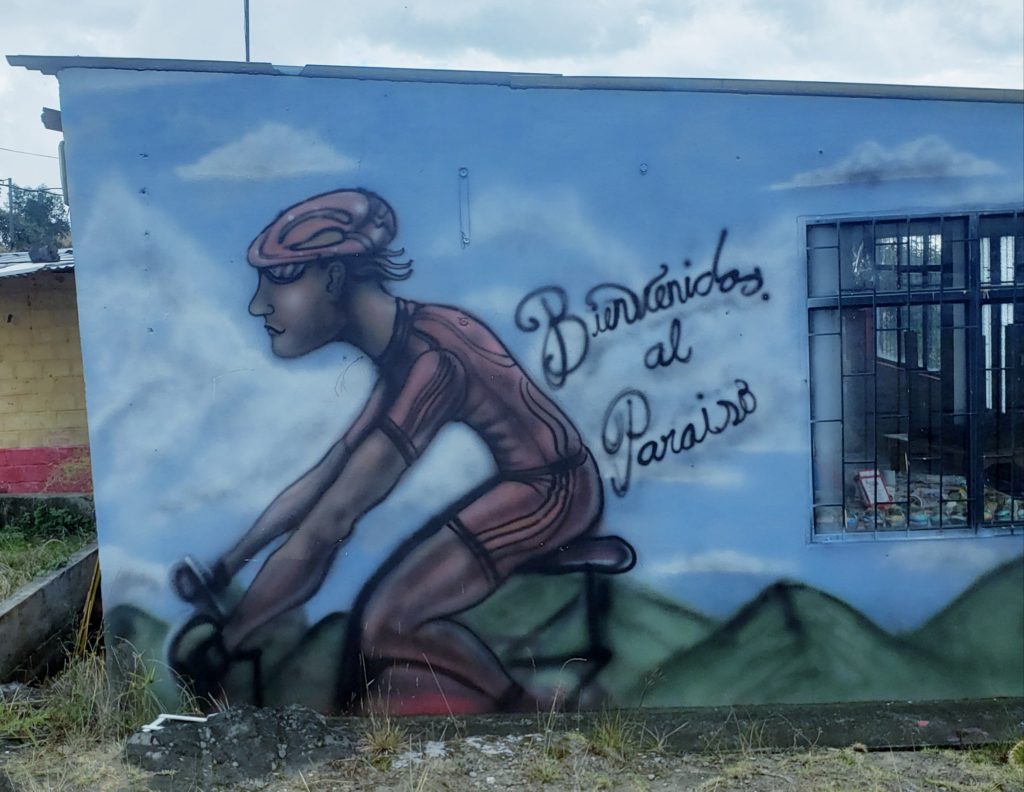
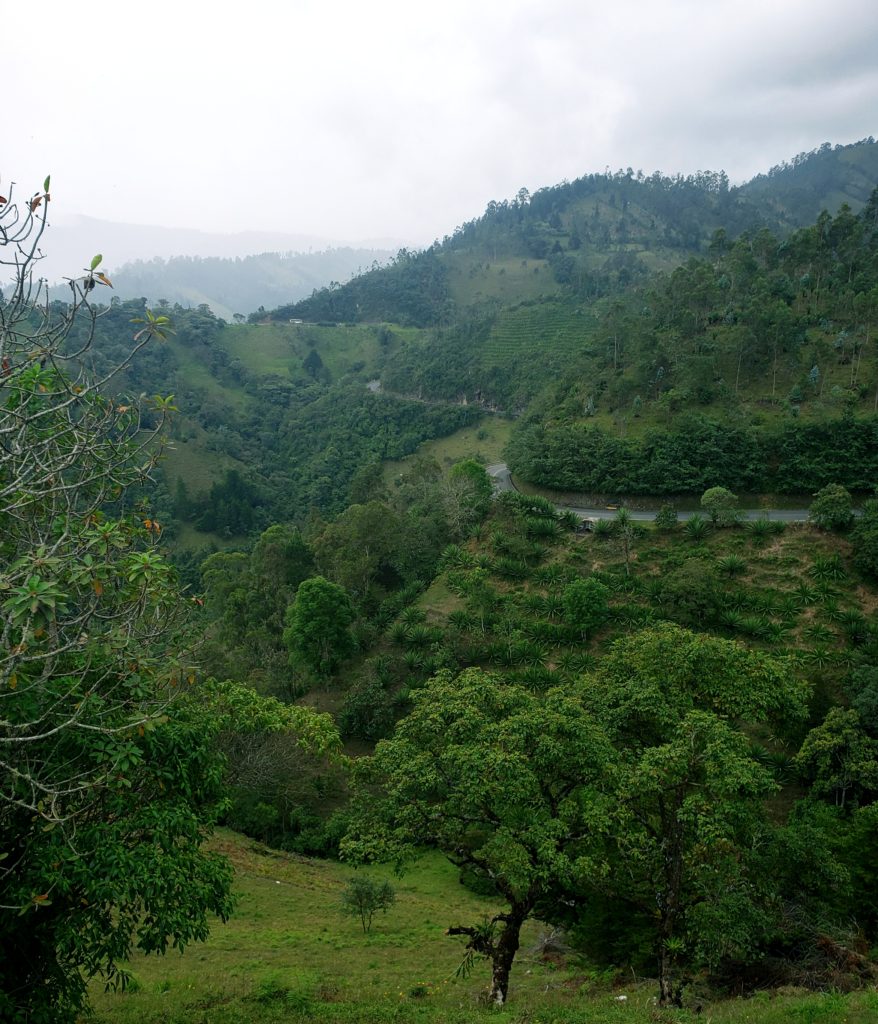


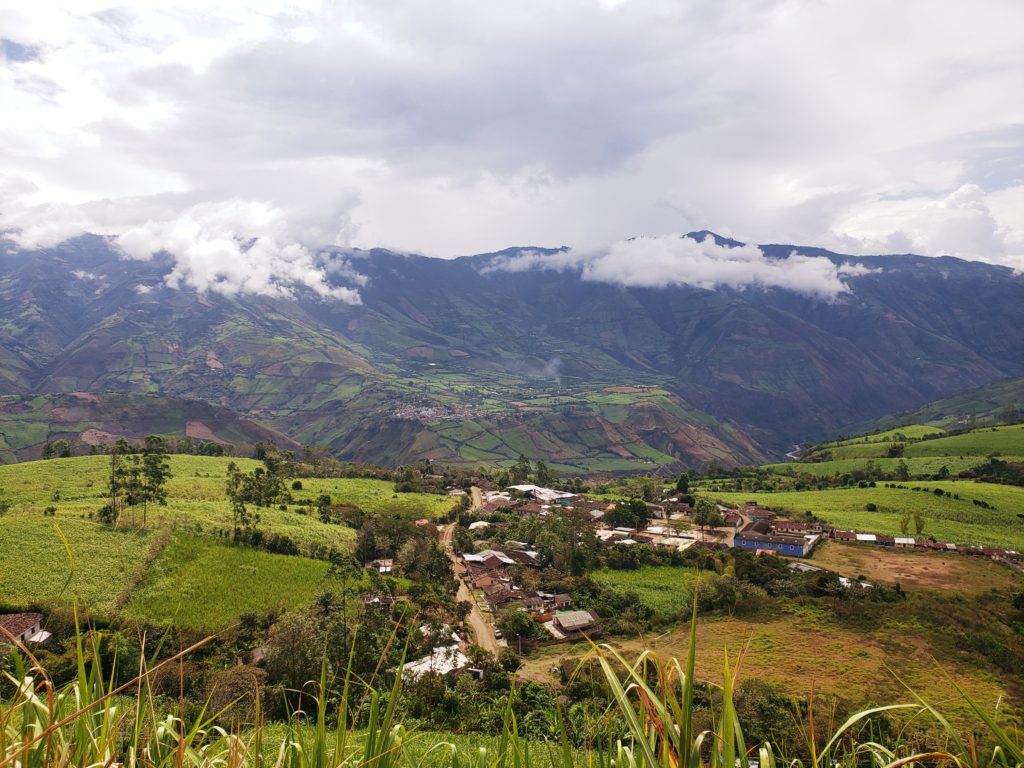
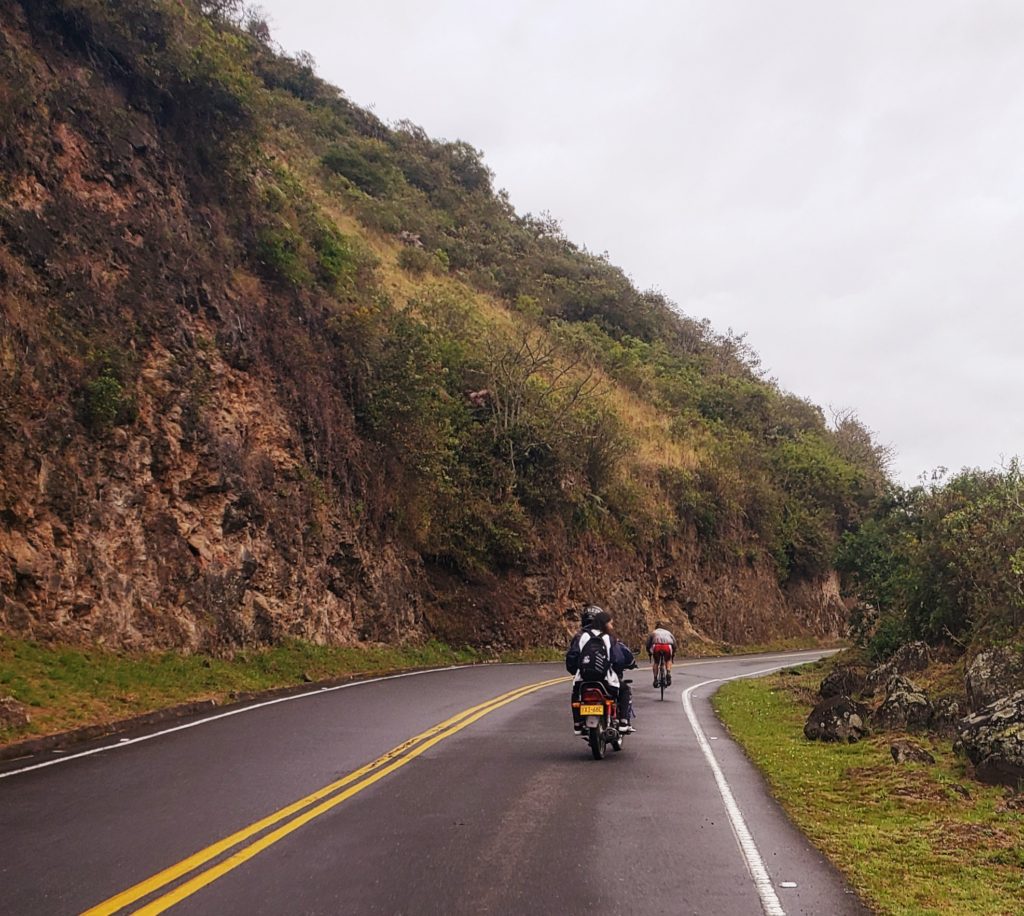
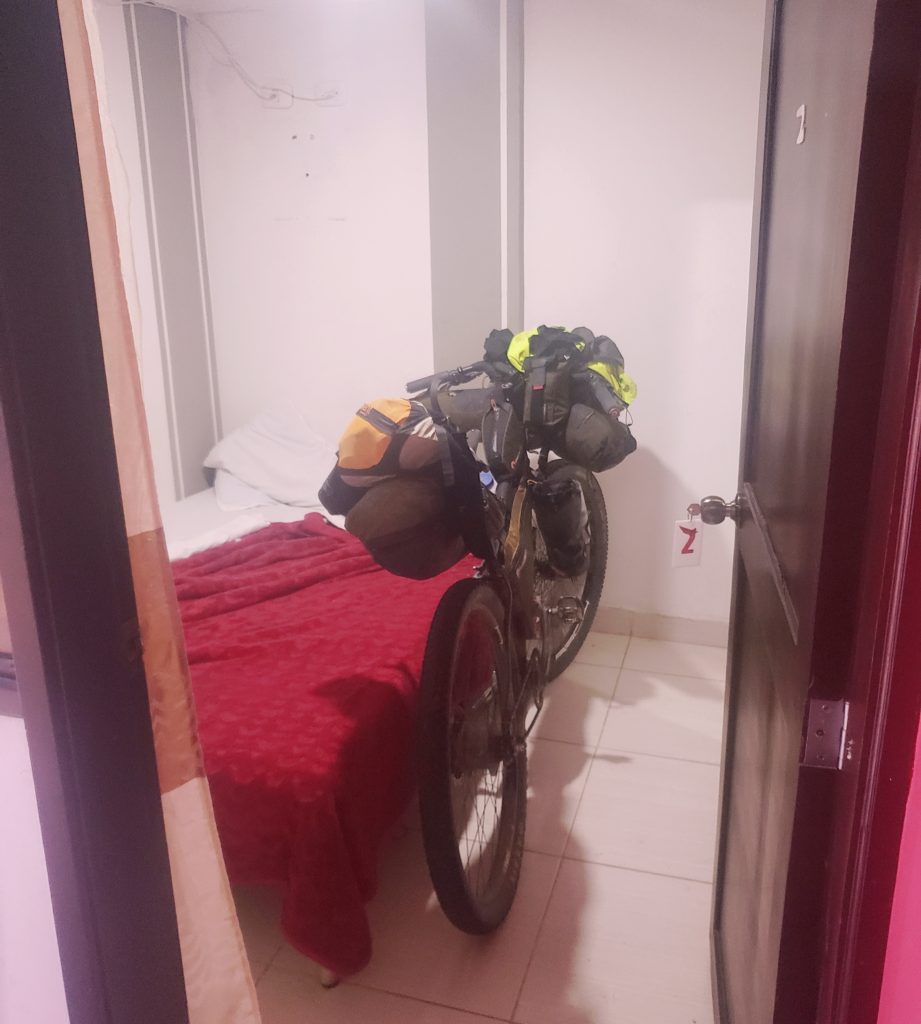
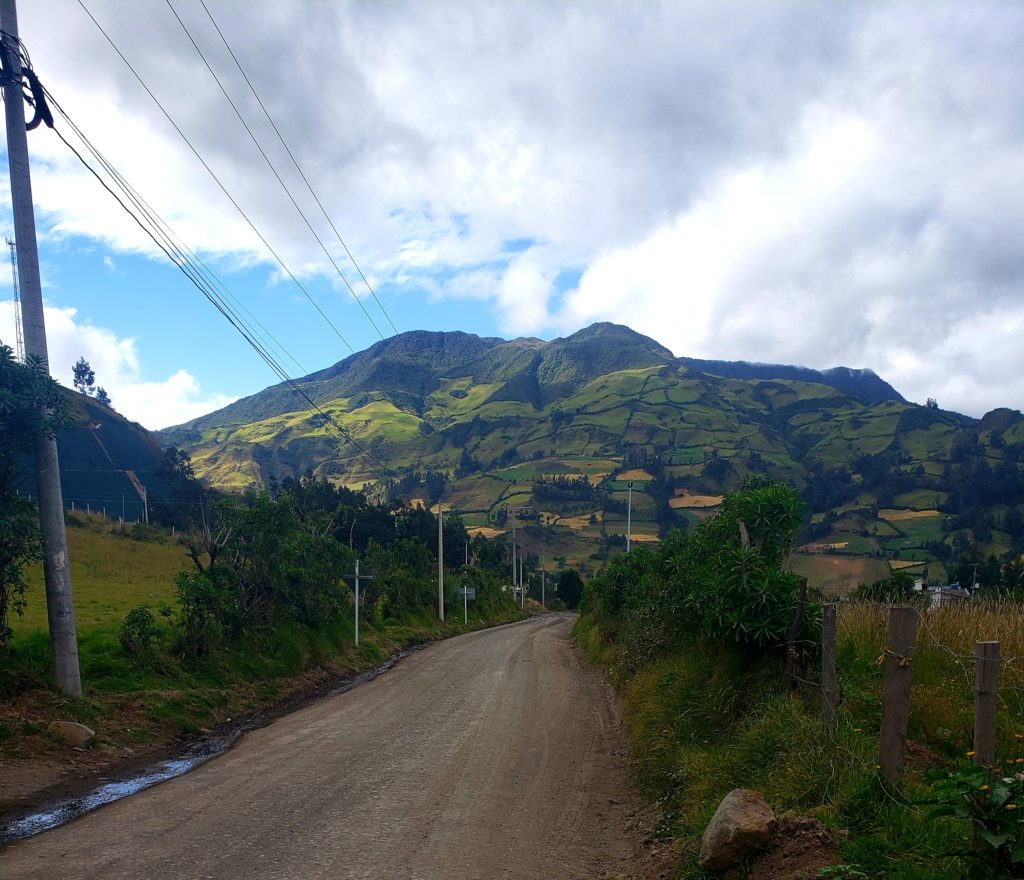
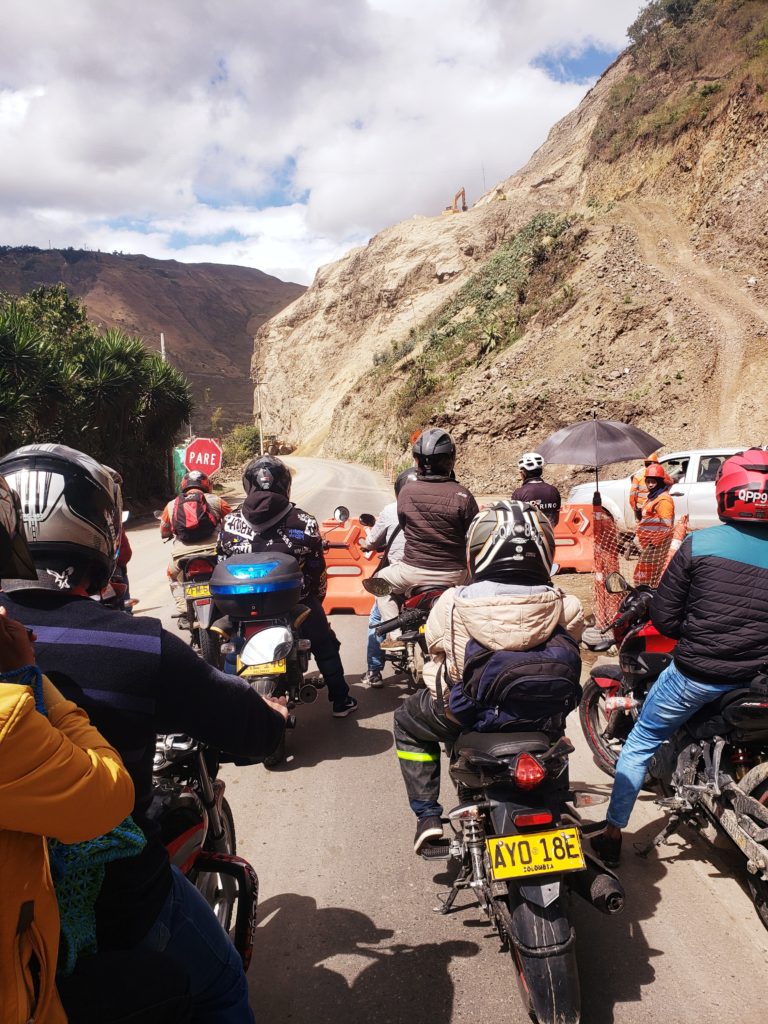
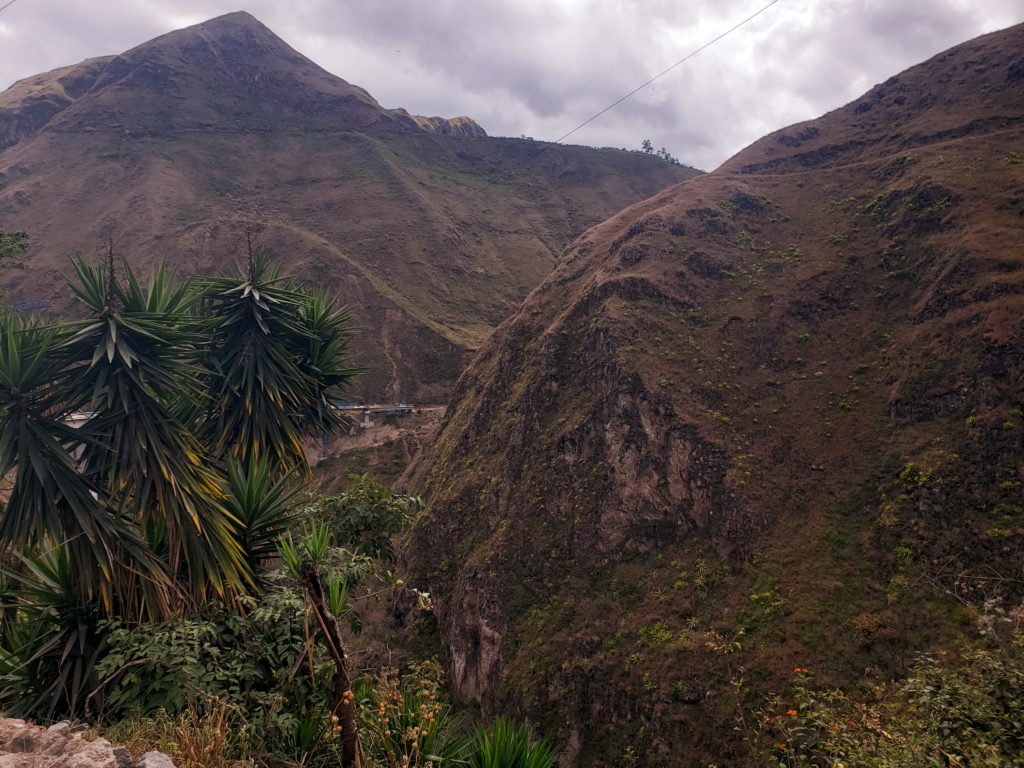
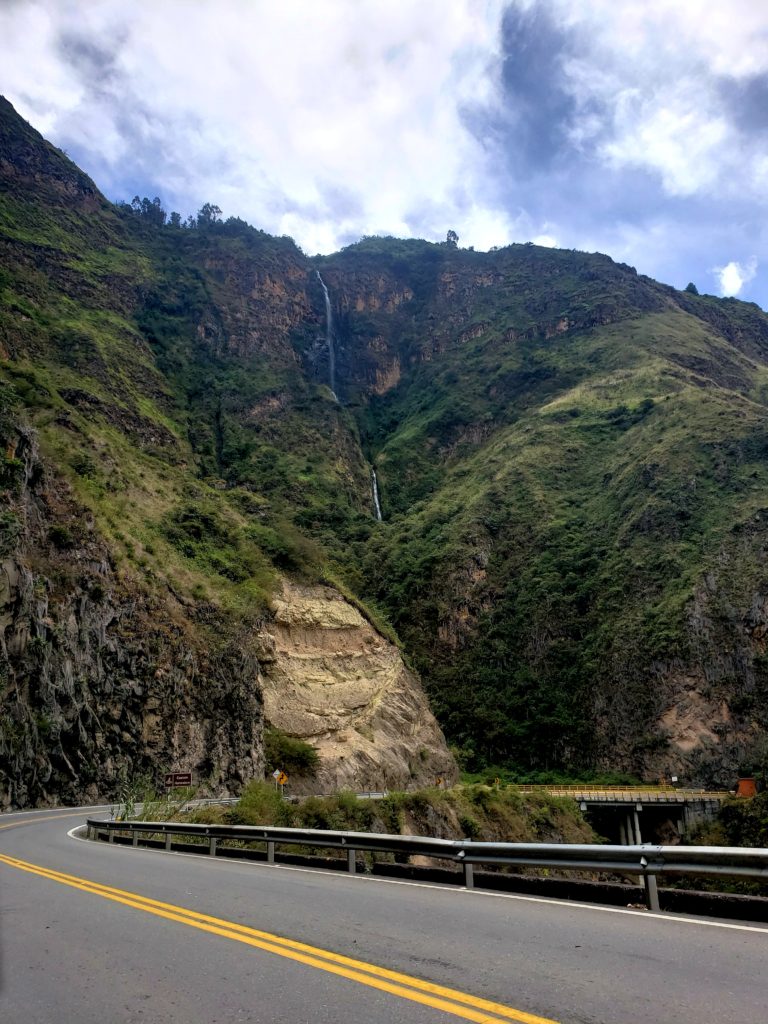
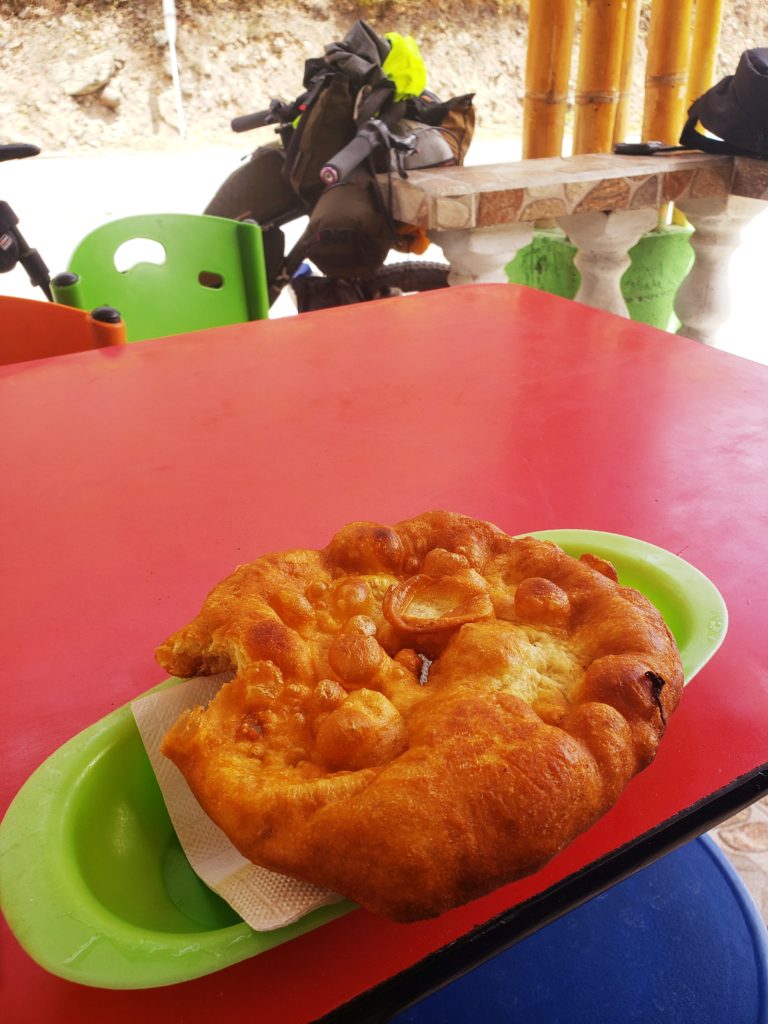

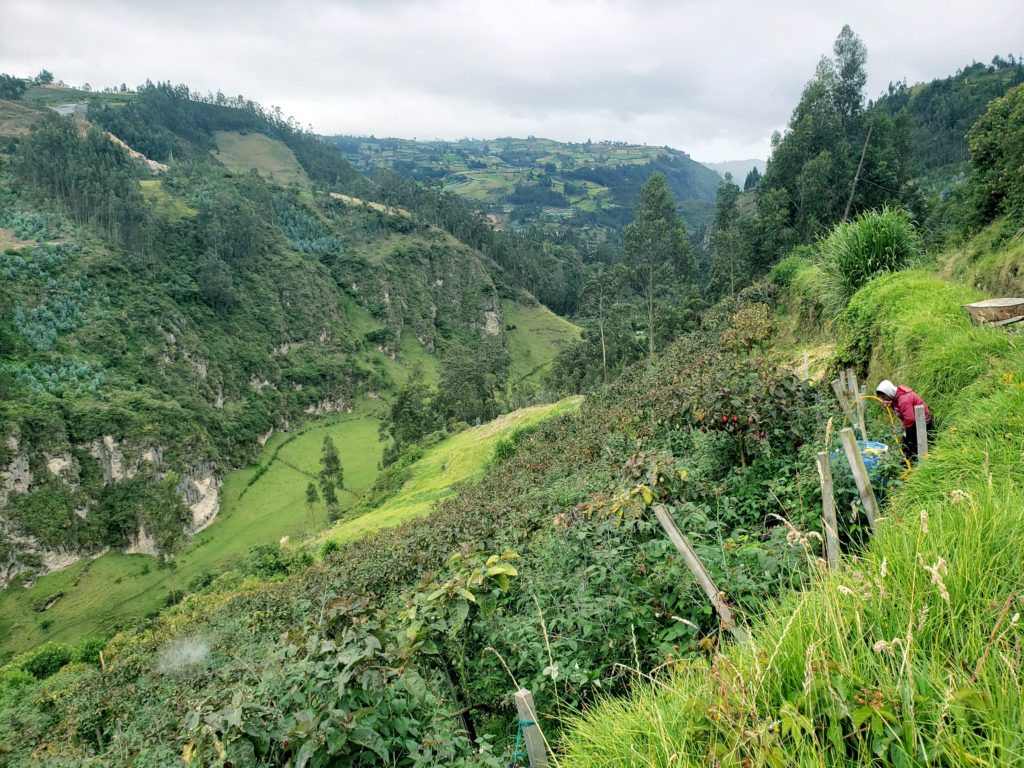
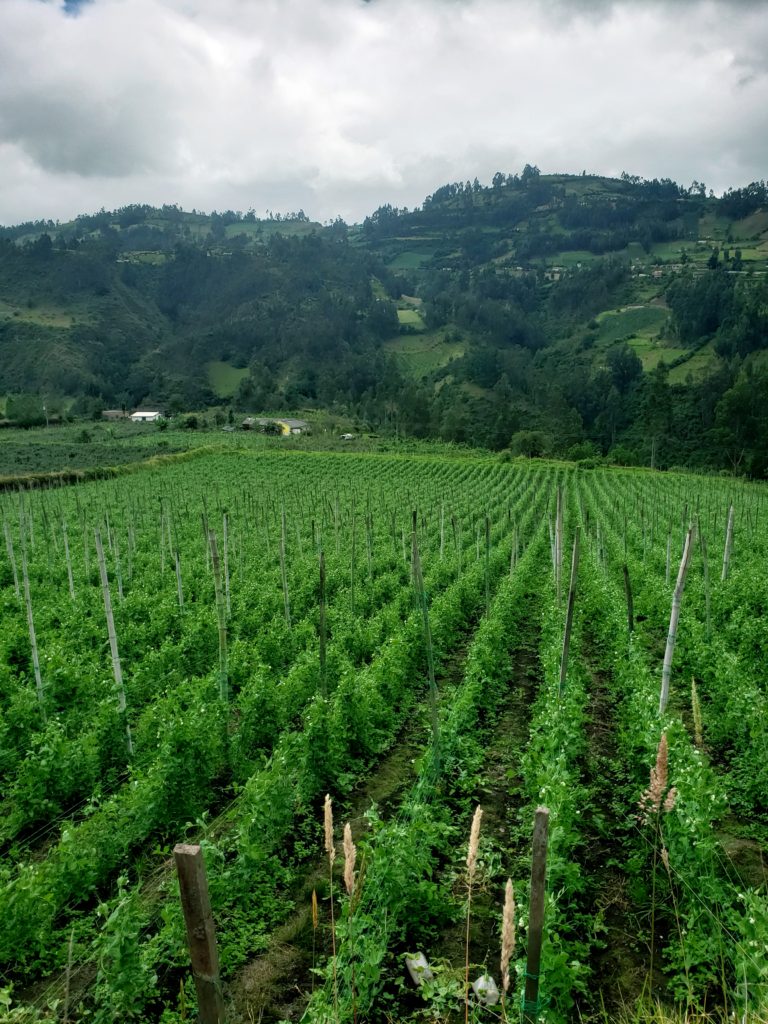
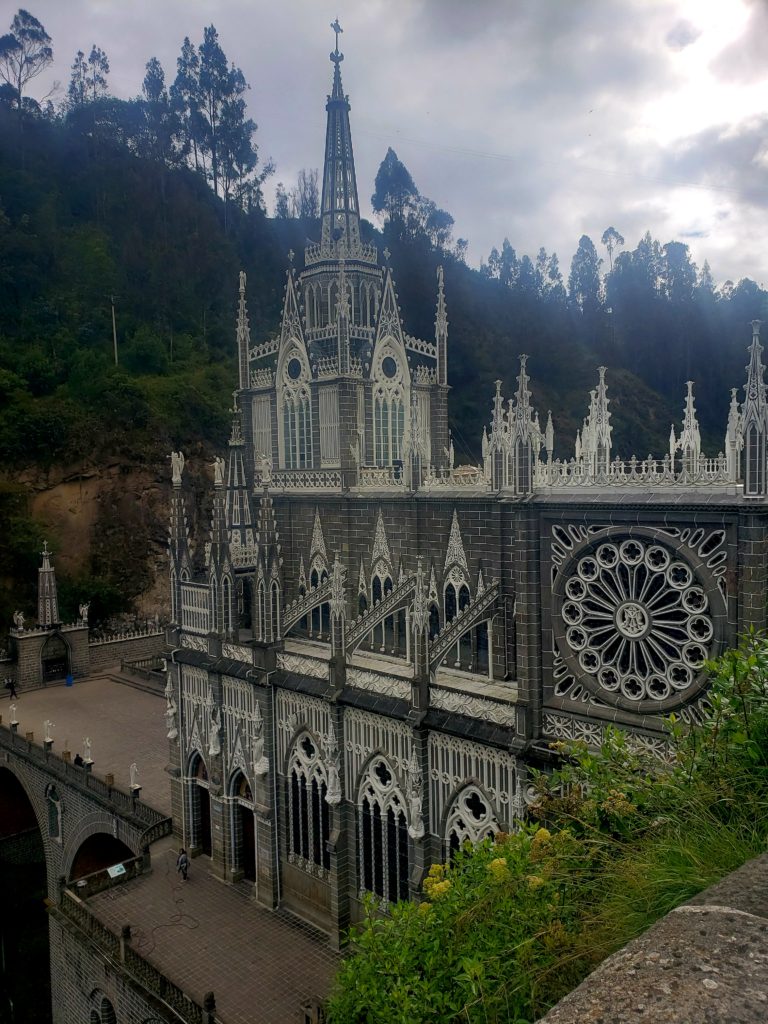
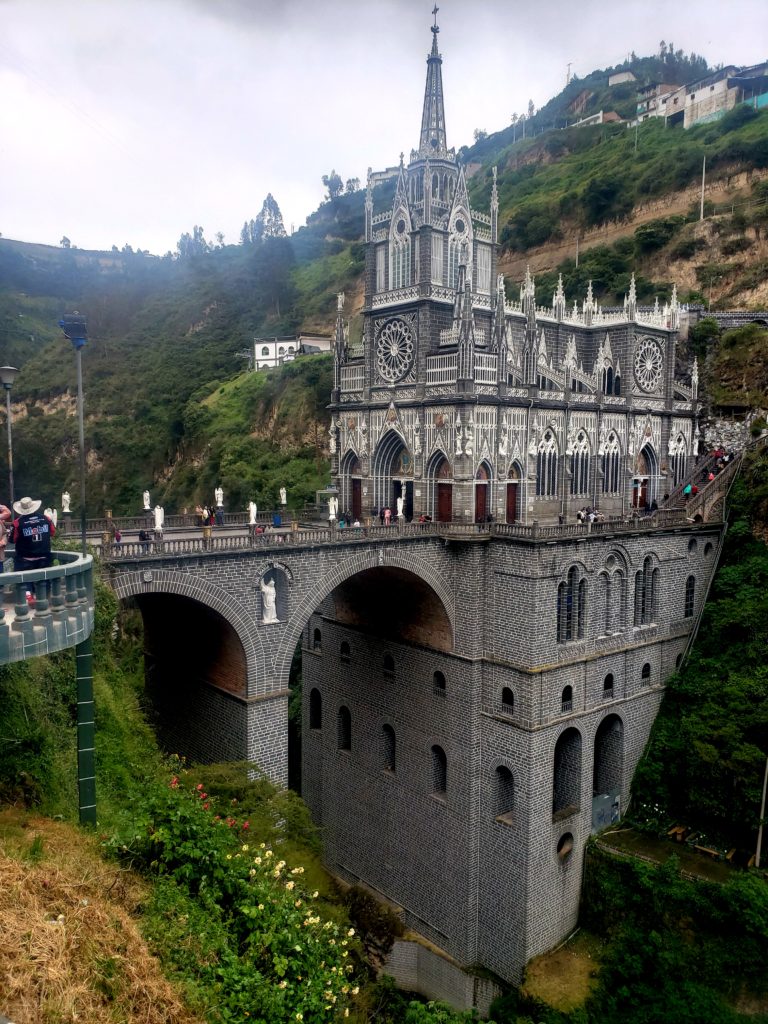
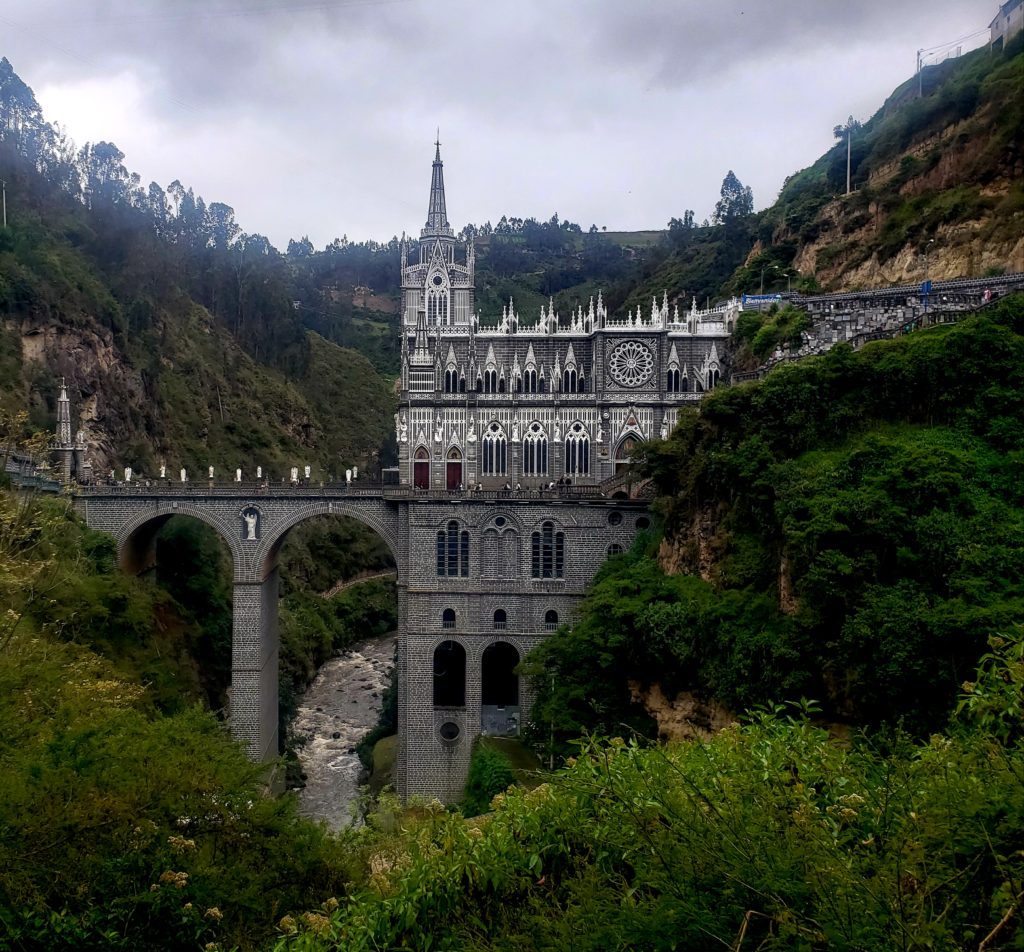

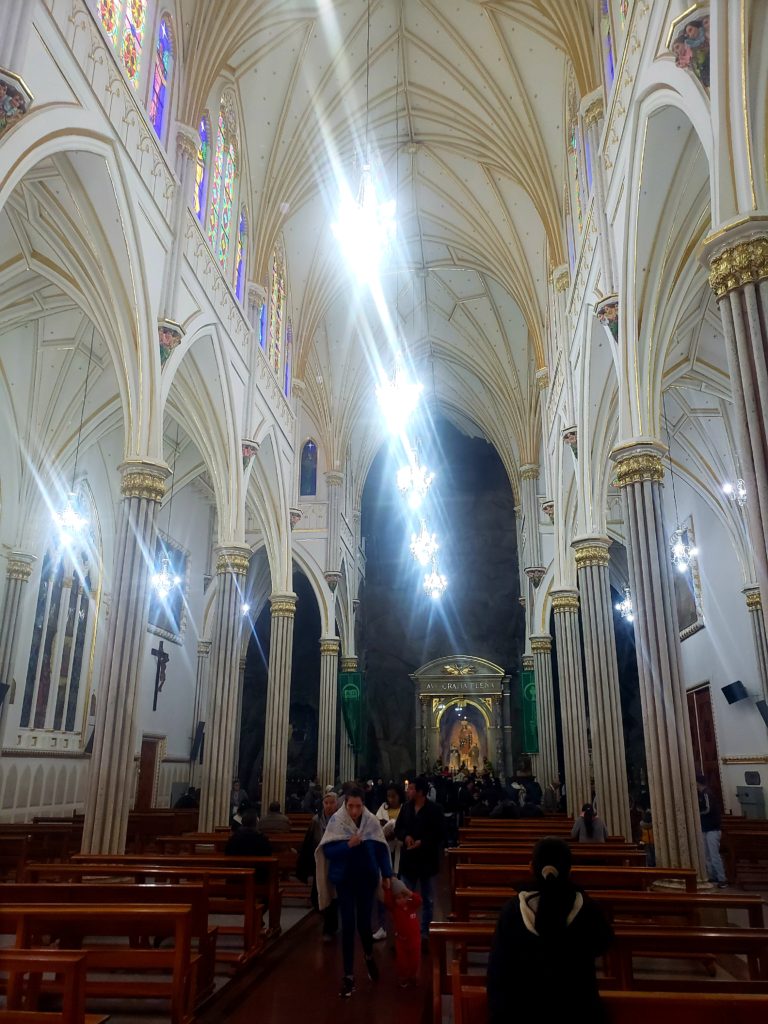
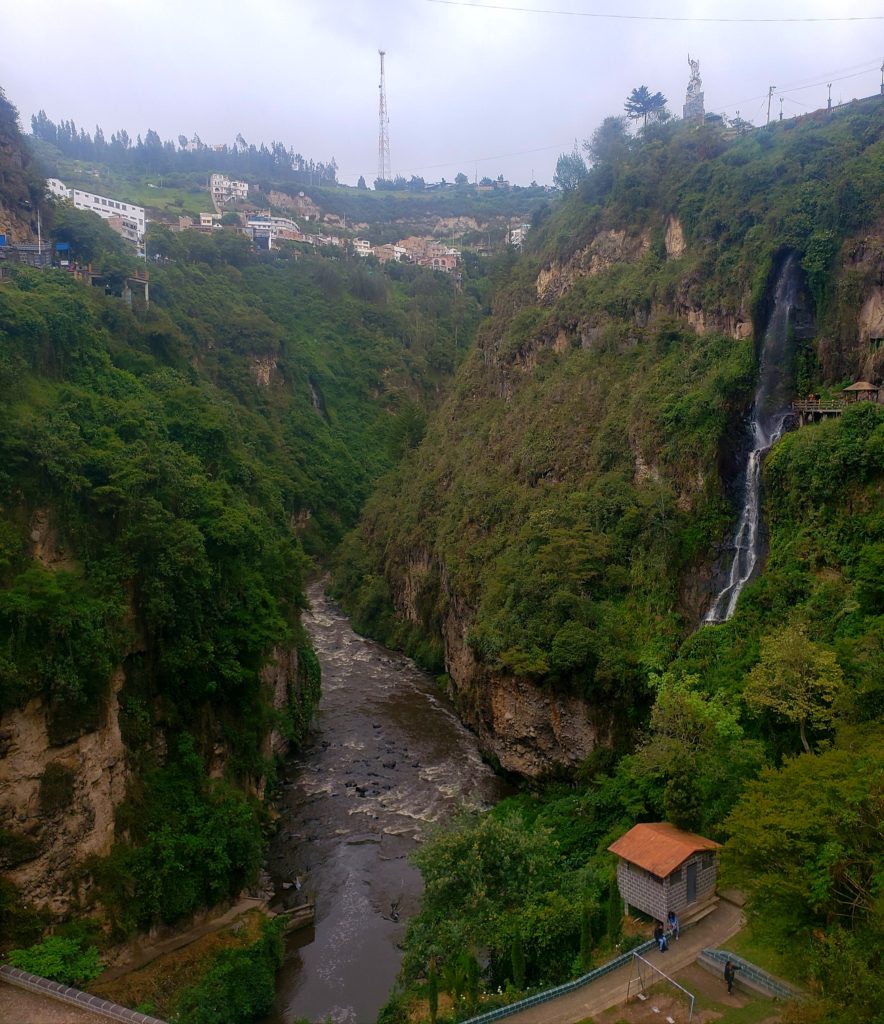
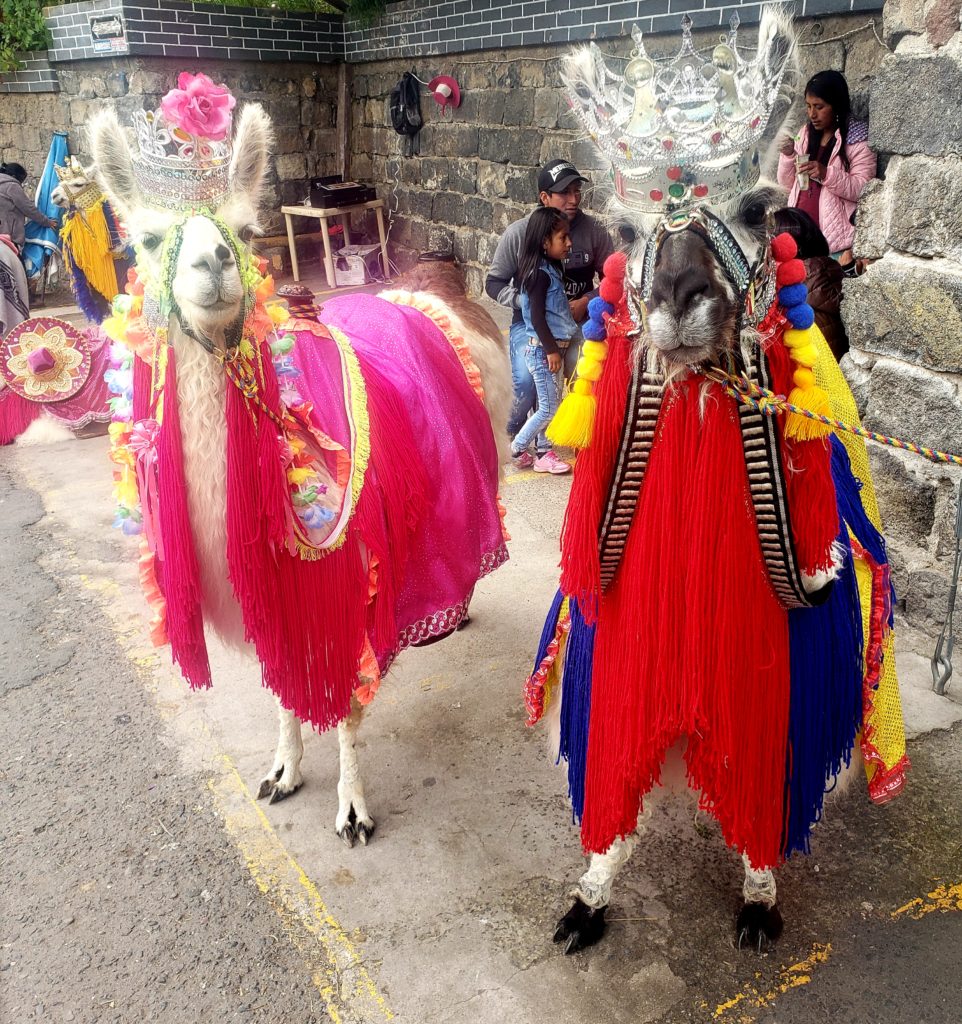
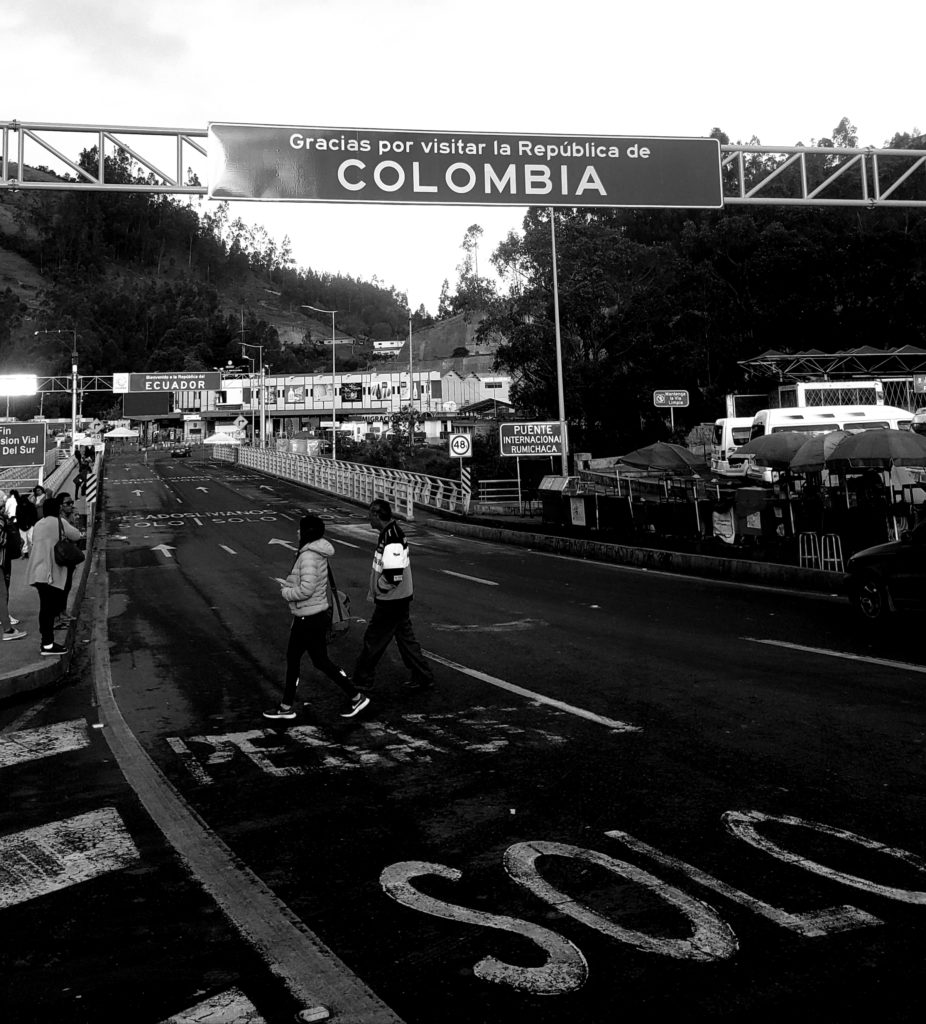
1 comment
Archives
Calendar
| M | T | W | T | F | S | S |
|---|---|---|---|---|---|---|
| « Mar | ||||||
| 1 | 2 | 3 | 4 | |||
| 5 | 6 | 7 | 8 | 9 | 10 | 11 |
| 12 | 13 | 14 | 15 | 16 | 17 | 18 |
| 19 | 20 | 21 | 22 | 23 | 24 | 25 |
| 26 | 27 | 28 | 29 | 30 | 31 | |
Thanks, Brian, for taking us with you on this incredible ride through Colombia. I really enjoy the narrative (so very well-written!), the marvelous photos, and the analysis and commentary on the country and the culture. Keep up the this fine work and the safe riding. I look forward to the account of your experiences in Ecuador, learning about the country, just as you taught us about Colombia.